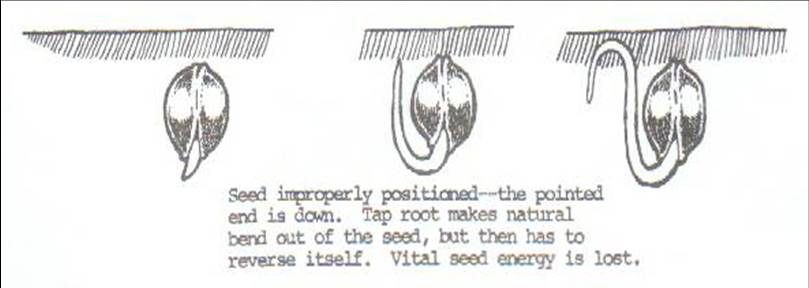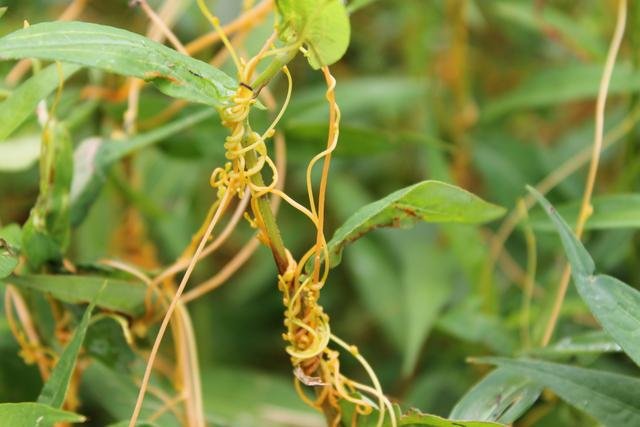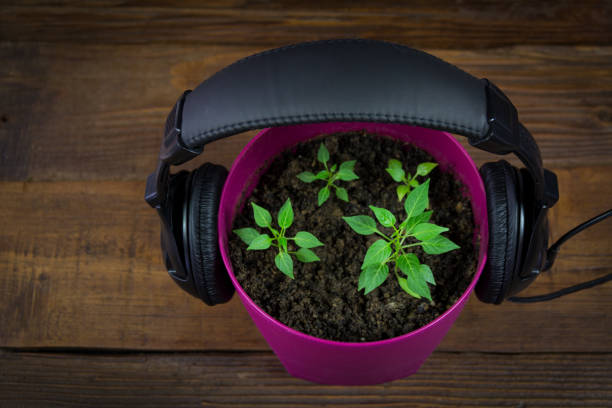Do Plants Think ??
Hi guys, I hope you enjoy this post, I wanted to explore how “smart” are some plants and how can we compare them to us, thanks for reading and if you enjoy the post don’t forget to support me by up voting and leaving a comment, thanks.
In the 1960's, at the height of the Cold War, CIA interrogator Cleve Baxter hooked his polygraph machine up to a house plant, for some reason.

fig 1. (It is not an actual photo of Cleve Baxter´s experiment)
Over the course of his experiments, Baxter observed a change in electrical resistance when the plants were harmed, or threatened with harm. This led to the idea that plants possess sentience, that they might even have ESP, Extra Sensory Perception.
Is there any truth to that notion?
No. Plants cannot see you, they can't hear you, and they most definitely can't read your mind. But, the senses they do have are even more interesting. Plants are literally rooted in one place. They can't run away from danger or walk over to the sunnier side of the garden, they have to adapt to what nature gives them. So, they’ve developed special ways of sensing the world, and even communicating with each other. The first thing every plant figures out is which way is up, and which is down. It's called Proprioception, the ability to sense position in space and we do it too.

So how do plants know the difference?
Light is an obvious guess but even seeds that germinate in the dark can aim their shoots and roots correctly. Centuries ago, botanists noticed that an upside-down seedling would always reorient its parts, and that plants grown on a spinning wheel would point their roots
in the direction of centrifugal force. It was clear that they were sensing gravity.
It was none other than Charles Darwin who showed that the gravity sensing cells lived in the tip of the root, cut them off and the plant doesn't know which way is down. Cells in the roots here actually contain tiny little bead-like particles, wherever gravity pulls them, that tells the root which way to grow. Cells in the shoot contain those same gravity sensing particles, but there, they signal the plant to grow away from gravity. We've all seen plants bend towards light, while we walk or drive to get food, plants grow toward it. It's called Phototropism. It was Darwin again who tested plants bending to the light. If the tip of a seedling was cut off, the plant didn't change direction Cell's in the growth tip sensed light and tell the rest of the plant how to grow in response.

Plants can also measure how much light they get, or "Photoperiodism". Which is how they keep track of the seasons. The last light a plant sees at night is in the far red of the spectrum, and this longer wavelength light inactivates a light-sensing molecule inside the plant, that isn't reactivated until the next morning. When it's hit by light that's a little more orange, this phytochrome cycle measures how much darkness there is, when this internal clock signals that the days are getting longer, plants know that it's spring, and longer nights mean autumn is on the way. Plants don't have noses, but they can detect chemical signals in the air, which isn't that different to what we do when we smell. Ancient Egyptians would ripen their figs by cutting open a few in every bunch. Farmers in Florida used kerosene lamps to ripen oranges, and to soften an unripe peach or avocado we put it in a paper bag with a ripe banana. But what do all these tricks have in common? "Ethylene Gas", plant's ripening hormone. It's nice for us at the grocery store, but ethylene helps plants by synchronizing ripening, to draw in hungry seed-dispersing animals. It's also one of the signals that tells leaves their job is done for the year. This weird plant basically forgot how to do photosynthesis, but it gets by, by stealing food from its neighbors. It even has a preference for which plants it steals from.The tip of growing seedling sniffs the air seeking the smell of its favorite victim, a tomato plant and ignoring all the others. When it finds a leaf it even knows to aim down for the stem so it can drink the good stuff. Some plants use air mail to warn each other of danger. When hungry caterpillars show up, injured leaves release volatile chemicals,and other leaves sniff out those signals and start making toxic compounds, so, they're less appetizing. In other plants those airbourne alarms tell the plant to pump out tasty nectar,which attracts beetle-eating insects. Nearby plants can even eavesdrop on these signals, toughening up their defenses before they get attacked.

Our sense of touch is really several senses, each detected by specific receptors on specific types of nerves, and those signals are eventually processed by the brain. Plants can sense those same things; they just do it their own way. A vine can sense when it's touching an object, and signal special cells to change shape and coil around like a spring. That sense of touch is incredibly sensitive, the weight of a single thread brushed along a cucumber vine is enough to start it winding. If you rub your finger along the leaves of this plant, they'll fold up. Touch sends an electrical signal shooting along the leaf, activating tiny hydraulic pumps at the base of the leaflets, making the leaf go limp. Thanks to this shy habit, we call it the "Sensitive plant". Next time that you stop to look and smell the flowers, take a moment to consider that they might be doing the same thing.
Oh, and that thing you heard about plants and classical music,
sorry, they're deaf.
